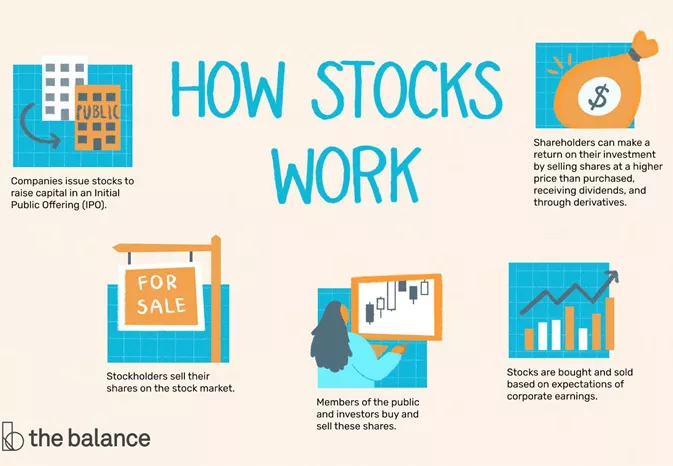BYD Company Limited, commonly known as BYD, is a Chinese multinational corporation specializing in manufacturing automobiles, batteries, and electronics. The company has become a significant player in the electric vehicle (EV) market. For investors interested in BYD, there are two primary types of stock that can be traded in the United States: BYDDF and BYDDY. Understanding the differences between BYDDF and BYDDY Stocks is crucial for making informed investment decisions.
1. Stock Type and Trading Platforms
BYDDF
BYDDF is an over-the-counter (OTC) stock, which means it is traded directly between two parties rather than on a centralized exchange like the NYSE or NASDAQ. OTC stocks are typically less liquid and can have wider bid-ask spreads compared to stocks traded on major exchanges. BYDDF represents the ordinary shares of BYD Company Limited.
BYDDY
BYDDY, on the other hand, is an American Depositary Receipt (ADR). ADRs are a type of equity security that represents shares in a foreign company. They are traded on U.S. exchanges and are denominated in U.S. dollars. BYDDY represents BYD’s ordinary shares, but each ADR usually represents a specific number of ordinary shares (often a ratio of 1 ADR to multiple ordinary shares).
2. Accessibility and Convenience
BYDDF
Investors who choose BYDDF are trading the actual shares of BYD listed on the Hong Kong Stock Exchange, but they are doing so in the U.S. OTC market. This can be less convenient due to lower liquidity and potentially higher transaction costs. Additionally, trading OTC stocks might require more effort in terms of finding market information and executing trades.
BYDDY
BYDDY ADRs offer greater convenience for U.S. investors. Trading ADRs is similar to trading domestic stocks, with transactions occurring in U.S. dollars and within U.S. market hours. This makes it easier for investors to manage their investments without dealing with currency conversion or international market hours.
See also: What Are The Best Stocks To Invest In 2024?
3. Liquidity and Market Activity
BYDDF
As an OTC stock, BYDDF generally has lower liquidity compared to ADRs traded on major exchanges. This can result in larger bid-ask spreads and more price volatility. Investors might find it challenging to execute large trades without significantly impacting the stock price.
BYDDY
BYDDY ADRs tend to have higher liquidity compared to OTC stocks. This means narrower bid-ask spreads and less price volatility, making it easier for investors to buy and sell shares without affecting the market price significantly. Higher liquidity also means more market participants, which can lead to better price discovery and stability.
4. Regulatory and Reporting Differences
BYDDF
OTC stocks like BYDDF are subject to less stringent regulatory requirements compared to those listed on major exchanges. This can mean less transparency and fewer reporting requirements, which might increase the risk for investors. However, BYD, being a major international company, still adheres to significant reporting standards.
BYDDY
ADRs like BYDDY are subject to the regulatory oversight of U.S. exchanges, which includes stringent reporting and disclosure requirements. This can provide greater transparency and protection for investors. Companies issuing ADRs must comply with the Securities and Exchange Commission (SEC) regulations, ensuring more reliable financial information and disclosures.
See also: Top 10 Motley Fool Stocks
5. Dividend Payments and Currency
BYDDF
For BYDDF, any dividends declared by BYD Company Limited will be paid in the local currency (Hong Kong dollars) and then converted to U.S. dollars for U.S. investors. This can introduce exchange rate risk, as fluctuations in currency values can affect the dividend amount received.
BYDDY
Dividends for BYDDY ADRs are also converted to U.S. dollars before being paid to investors. However, the ADR structure can simplify the process for investors, as the ADR issuer handles the currency conversion and dividend distribution. This reduces the hassle for investors and provides more straightforward dividend payments in U.S. dollars.
Conclusion
Choosing between BYDDF and BYDDY stocks depends on an investor’s preferences for liquidity, convenience, and regulatory environment. BYDDF, being an OTC stock, might be suitable for those who are comfortable with lower liquidity and less regulatory oversight. In contrast, BYDDY ADRs offer greater convenience, higher liquidity, and better regulatory protection, making them a more accessible option for most U.S. investors. Understanding these differences is key to making an informed investment decision in BYD Company Limited.
Related Topics:

